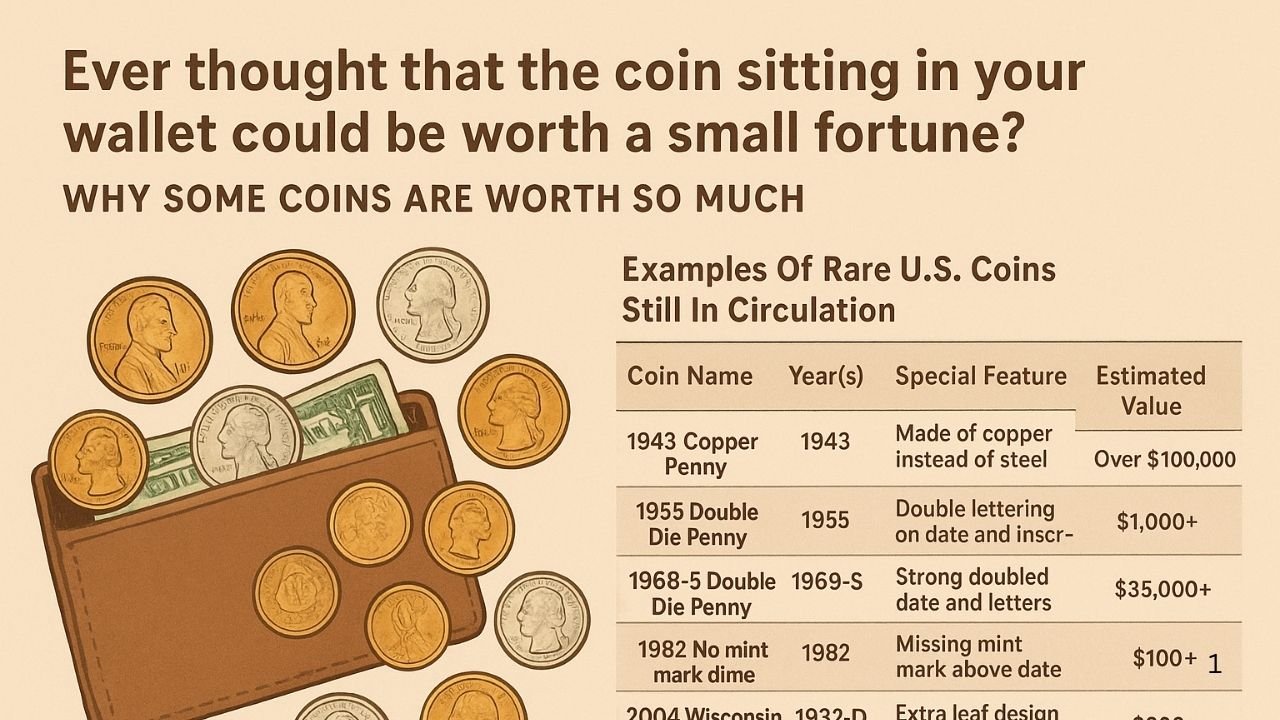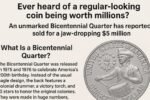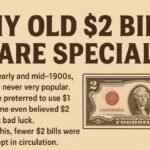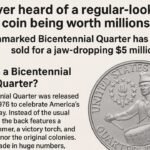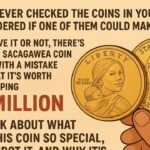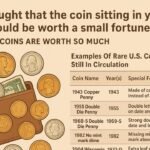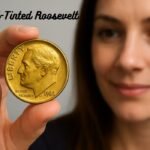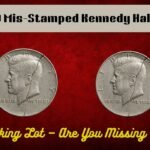Ever thought that the coin sitting in your wallet could be worth a small fortune? Sounds like a dream, right? Well, in the world of coin collecting, it’s actually possible. Some rare U.S. coins are still floating around in everyday circulation, and if you happen to find one, it could be worth more than a gold bar. Let’s take a closer look.
Why Some Coins Are Worth So Much
Not all coins are created equal. While most are worth only their face value, a few are rare because of limited minting, historical value, or even mistakes during production. Collectors are willing to pay big money for these rare finds. It’s like winning a mini-lottery, except your ticket is in the form of loose change.
What Makes A Coin Rare
A rare coin usually has one or more of these features:
Very low production numbers.
Special mint marks.
Errors during minting (like double strikes or missing details).
Coins from certain historic years.
Think of it like rare stamps or baseball cards—the fewer there are, the more valuable they become.
Examples Of Rare U.S. Coins Still In Circulation
Some of these coins could be sitting in cash registers, vending machines, or even your pocket right now. Here’s a handy table so you can keep an eye out.
Coin Name Year(s) Special Feature Estimated Value
1943 Copper Penny 1943 Made of copper instead of steel Over $100,000
1955 Double Die Penny 1955 Double lettering on date and inscriptions $1,000+
1969-S Double Die Penny 1969 Strong doubled date and letters $35,000+
1982 No Mint Mark Dime 1982 Missing mint mark above date $100+
2004 Wisconsin Extra Leaf Quarter 2004 Extra leaf design on corn husk $300+
1932-D Washington Quarter 1932 Low mintage, Denver mint mark $1,000+
1972 Double Die Penny 1972 Doubled inscriptions $300+
How To Spot One
Finding these coins is all about paying attention. Here’s what you can do:
Check dates closely.
Look for strange marks or doubled letters.
Search for unusual colors or metal finishes.
It’s a bit like treasure hunting—you need patience, a sharp eye, and sometimes a magnifying glass.
Should You Sell Or Keep It?
If you find one of these coins, you have two choices: keep it as a collectible or sell it for cash. Collectors often pay more than gold value for coins in great condition. If you’re unsure, take it to a coin dealer for an appraisal.
The Excitement Of Coin Hunting
Coin hunting is like fishing—you might not catch something big every day, but when you do, it’s worth it. Even if you don’t find a rare coin right away, you’ll start to notice the details of everyday currency in a whole new way.
Conclusion
Rare U.S. coins are still out there, quietly passing from hand to hand, hidden in wallets, or resting in jars. One lucky discovery could be worth more than a gold bar. So next time you get change, don’t just spend it—inspect it. Who knows? You might already be holding a piece of history.
FAQs
What is the rarest U.S. coin still in circulation?
The 1943 Copper Penny is one of the rarest and most valuable.
Can damaged coins still be valuable?
Yes, but the value may drop if the coin is in poor condition.
Where is the best place to find rare coins?
Check your change from banks, stores, and vending machines.
Do I need a magnifying glass to check coins?
It’s not required, but it helps spot small details.
How do I sell a rare coin?
Visit a certified coin dealer or auction house for appraisal and sale.
